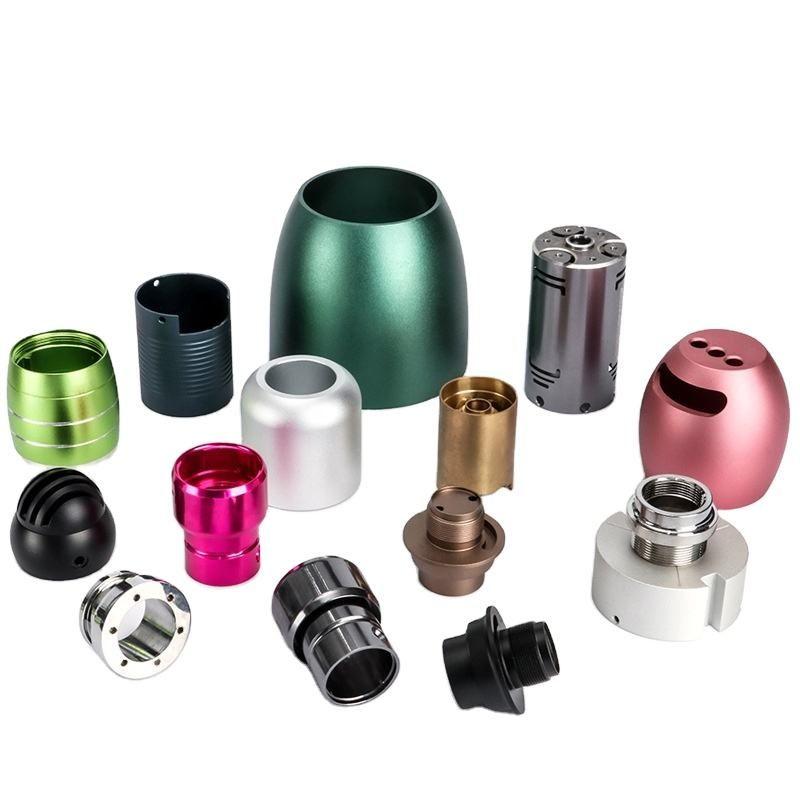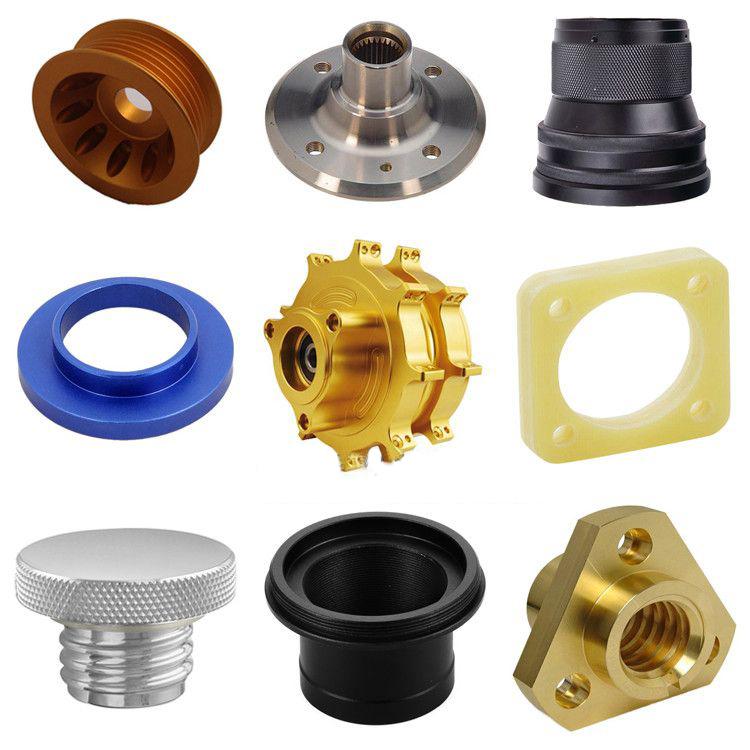At present, sheet metal parts processing is extremely widely used in the market. Due to its own processing characteristics and characteristics, it has formed a unique processing work content and production process. Sheet metal parts processing is a cold, heating, deformation, assembly, and assembly of metal parts plates, profiles and pipes, and manufacture the processing of metal parts components by welding, riveting and bolts.

Sheet metal parts is sometimes made of gold. This word comes from the English Platemetal parts. Generally, some metal parts plates are stamped by manual or mold to make it plastic deformation, forming the hoping shape and size, and can further form more complex parts through welding or a small amount of mechanical processing.
Common items -such as chimneys, iron furnaces, mesh, assembly, and car shells commonly used in life, are sheet metal parts parts.
Workpiece
After the drawing is in hand, the differential methods are selected according to the expansion diagrams and the batch of differentials. Among them, there are laser, CNC punch, shear, molds, etc., and then make corresponding expansion according to the drawings. The influence of CNC punching is affected by the tools. It will have a large burr on the edges on the edges of some alien workpieces and irregular holes. At the same time, the burrs are treated with a certain effect on the accuracy of the workpiece; Restrictions, flat sections, suitable for the processing of alien workpieces, but the processing of small workpieces takes a long time. Place the workbench next to CNC and laser, which is conducive to the placed on the machine for processing to reduce the workload of the board. Some sidewalks that can be used are placed in the specified place to provide materials for test models when bending.
After the workpiece is settled, the corners, burrs, and contact must be repaired (polished). At the knife contact, use a flat knife to repair it. Use the corresponding small knife to repair to ensure the appearance of the appearance. At the same time, the trimming of the shape also guarantees the positioning of the positioning when bending, so that the workpiece is consistent with the position of the bending machine during bending to ensure the consistency of the size of the same batch of products.
Subordinate
After the completion of the material, enter the lane process, different workpieces enter the corresponding process according to the requirements of the processing. There are bending, riveting, cross -edge attack, point welding, convex bags, and poor sections. Sometimes after bending one or two, the nuts or nuts should be pressed well. Processing first, so as not to process other processes before processing, and the required processing cannot be completed. When there is a card hook on the upper cover or the lower case, if you can not touch the welding after bend, process it before bend.
When bending, you must first determine the tools and knife grooves used when the material thickness is bent according to the size on the drawing. To avoid the collision of the product and the knife. Different types of upper models), the selection of the lower mold is determined according to the thickness of the board. The second is to determine the sequence of bending. The general rules of bending are internal and external, small, then small, first special and then ordinary. The workpiece to be pressed to the dead side first bent the workpiece to 30 ° -40 °, and then pressed the workpiece to death with a leaning.
When riveting, consider the height of the thread to choose the same different molds, and then adjust the pressure of the pressure machine to ensure the flat surface and the surface of the workpiece. scrapped.
Welding has arc welding, point welding, carbon dioxide protection welding, handmade arc welding, etc. Point welding must first consider the location of the workpiece welding. In batch production, consider the positioning of the positioning to ensure the point welding position.
In order to be welded firmly, the convex point on the workpiece to be welded can make the convex point evenly contact the tablet before the whole welding to ensure the consistency of each point. Adjust the pre -pressure time, keep the pressure time, maintain time, stop time, and ensure that the workpiece can be welded firmly.
Welding scars will appear on the surface of the workpiece after ordering. ,smooth. The heat generated during the arc welding is easy to deform the workpiece. After welding, it should be treated with a polished and flat mill, especially the corners.
Surface treatment
After the workpiece is bent, the rivet is completed, the surface treatment should be performed. The surface treatment methods of different plates are different. Generally, the surface electroplating is generally performed after the cold plate processing. Spraying treatment should be performed after treatment. Clean the surface of the electroplated plate, skip fat, and then spray. Stainless steel plates (with mirror panels, fog panels, brushed panels) can be brushed before bending, without spraying, if spraying is needed, it is necessary to use oxidation treatment.
Oxidation background
Commonly used black and native oxidation; aluminum plates need to be sprayed with chromate oxidation and sprayed. On the surface, this can make the cleaning surface, significantly improve the adhesion of the coating film, and it can double the corrosion resistance of the coating film. The cleaning process is to clean the workpiece first, first hang the workpiece on the assembly line, first pass the cleaning solution (alloy removal powder), then enter the water, follow the spray area, then pass through the drying area. Finally Take it off.

Spray treatment
After the front process is treated, enter the spraying process. When the workpiece is required to be sprayed, the teeth or part of the electrical holes need to be protected.
Protection
The tooth holes can be checked in a soft rubber stick or screwed into the screw. Those who need to conduct electricity should be pasted with high -temperature rubber tapes, and a large number of positioning work clothes should be located to locate the protection. This will not be sprayed inside the workpiece when spraying. The nuts (edge) of the stepping (edge) are protected by screws to avoid the tooth return of the workpiece nut (edge) hole after spraying.
Some large -scale large -scale workpieces also use work protection;
When the workpiece is not equipped with spraying, the area that does not need to be sprayed should be protected by screws or high temperature -resistant rubber with high -temperature tape and paper sheets to block the outside. If the workpiece is sprayed with double -sided sides, the nuts (thread) holes are protected by the same method; small workpieces are sprayed together with lead wires or puppets and other items; The symbol is protected by special high temperature -resistant stickers.
When spraying, first hang the workpiece on the assembly line and blow off the dust on the surface with the trachea. Enter the spray area and spray. After spraying, enter the drying area along the pipeline, and finally remove the sprayed workpiece from the assembly line.
There are also two types of hand -spraying and automatic spraying, so that the tools used in this way are different.
Assembly
After spraying, enter the assembly process. Before the assembly, tore the protective stickers used in the original spray, determine that the threaded holes in the part of the part are not split or powder. In the workpiece, some workpieces should be blown with air guns.
Packaging
After assembly, enter the packaging session. After the workpiece is checked, put it in a dedicated packaging bag for protection. Some workpieces without special packaging are packed with bubble film. Before the packaging, the bubble membrane is cut into the size of the workpiece to prevent the packaging of the packaging, which affects the processing speed; the large -scale batch of special cardboard boxes or air bubble bags, rubber pads, tray, wooden boxes, etc. After the packaging, put it in the carton, and then label the corresponding finished finished product or semi -finished product on the carton.
Assetprecision provide customized processing services for metal parts, metal ornaments and metal toys.providing high-quality and inexpensive precision parts for customers around the world.


 +8613538580966
+8613538580966

